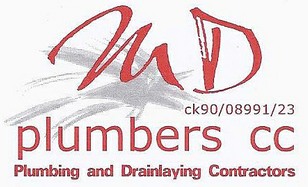Solar Geysers
Types Of Solar Geysers
In this sunny country, solar energy is an abundant source of renewable energy, making it an obvious choice when seeking alternative sources of energy. Solar water heating & how a Solar Geyser works Solar geysers are built on two basic principles of physics: dark coloured objects absorb heat, and hot water rises. Unlike other systems that can be very complex, a solar geyser is simple, as water is the only moving part. This is a big advantage in terms of reliability and maintenance costs.
A typical Solar Geyser system has three major components:
- A solar collector,
- A transfer medium and
- A storage container.
The solar collector absorbs solar radiation and transfers the energy, using heat, to the fluid inside the collector. In the solar geyser, this fluid is the transfer medium.
In a direct system, the transfer medium is the portable water from the storage container.
In an indirect system, the transfer fluid is generally a mix of water and glycol, which passes the energy to the storage container via an isolating heat exchanger.
In areas in South Africa where temperatures drop to below freezing (4°C),an indirect system is recommended. As the price for energy increases, savvy homeowners should ensure that their homes are not completely reliant on the mainstream power grid.
By reducing your electricity dependence on the grid, you become part of a more sustainable and responsible global community of homeowners and enjoy significant electricity &cost savings at the same time. As with a conventional geyser, the hot water storage container in a solar geyser is thermally insulated to retain heat. Solar geysers are usually larger than electric geysers and better insulated. This allows you to maximise your solar gains.
Solar geysers can be linked to existing geysers or can completely replace them. The system can be installed on top of a roof if the structure is strong enough. The water storage container can be placed elsewhere, for example, inside the roof or a cupboard, but the collector must be where sunlight can reach it. Solar geysers mounted on or in the roof are usually placed horizontally, but for better thermal stratification, they should be mounted vertically. Your roofing structure must be checked to see whether it can support the weight of the storage container and collector. As the price for energy increases, savvy homeowners should ensure that their homes are not completely reliant on the mainstream power grid. By reducing your electricity dependence on the grid, you become part of a more sustainable and responsible global community of homeowners and enjoy significant electricity &cost savings at the same time The average sunny day in South Africa produces enough solar energy to heat the water in your geyser to a comfortable 55 – 65 degrees celcius. Even in Winter or in partly cloudy weather, the solar panels used in our systems are efficient enough to heat the water to an acceptable temperature.
The real benefits of a solar geyser
- Solar is free hot water.
- A solar system increases the value of your property.
- A solar Geyser is the only appliances that save you money.
- Generate FREE, clean energy while preserving the environment.
- Electricity increases of 15% year on year, start saving from day 1.
- Warm water accounts for up to 40% of your electricity bill.
- SABS approved technology.

The evacuated tube solar collector is a newer type of collector that has created a lot of excitement in the market with its innovative design and efficiency in absorbing heat.
It consists of a series of glass vacuum tubes assembled into a panel and connected either straight into a hot water tank, or first to a manifold and then to a hot water tank. Each vacuum tube consists of two glass tubes, the outer tube is transparent, while the inner tube is coated with a special substance that maximises the absorption of solar radiation. The tubes are fused together at the top and the air is removed to create a vacuum.
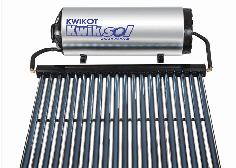
The Indirect Solar Geyser System
This system uses Flat Bed Panels and is used for areas with poor water quality. This is a Duel Tank where the Water stays in the inner tank and not transferred to the Panel, instead Glycol (Anti-
This system must also be installed on a North Facing roof
System: Number of People:
150L In-
200L In-
300L In-
The Direct Solar Geyser System
The direct system uses evacuated tubes where warm water is transferred from the Panel to the Geyser, forcing the colder water into the Panel for heating.
This system must also be installed on a North Facing roof
System: Number of People:
100L Direct Evacuated Tubes 1
150L Direct Evacuated Tubes 2
200L Direct Evacuated Tubes 3
Retrofit
The Kwiksol Solarfit conversion kit has been designed to convert a conventional Kwikot electric water heater to a solar water heater system. The kit consists of a new direct flange assembly for the electric water heater and a complete solar vacuum tube assembly comprising of an aluminium frame and manifold, 16 glass solar vacuum tubes, a solar circulating pump with a photovoltaic solar panel.
Financial Impact
The electricity price increase
With electricity prices set to rise by at least 25% every year for the next three years, there really is no other way to keep your electricity bill down as effectively as by implementing solar water heating. Because the recent Eskom price increases are compounded year-
Saving on electrical bills
A solar water heating system will generally save you 25% – 40%* on your electricity bill. If you use those savings to pay off the cost of the system, then even if there is no increase in the electricity price, the current repayment period on our solar water heating systems is less than three years. After that your hot water is free and you still continue to save on your monthly electricity bill.
* savings vary based on individual household energy usage patterns.
Return on investment
As well as the perpetual savings on your monthly electricity bill, studies have shown that solar water heating systems increase the value of your home
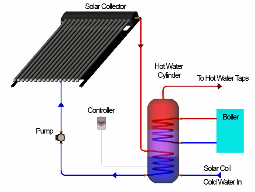
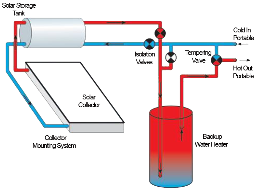

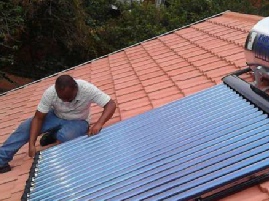
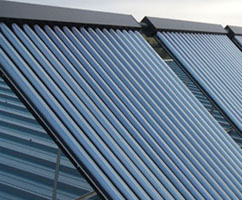

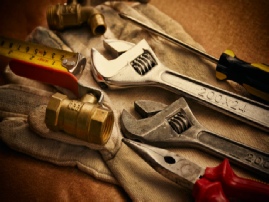
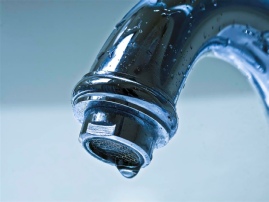

Copyright © mdplumbing.co.za 2015 | All rights reserved. CyberAds

